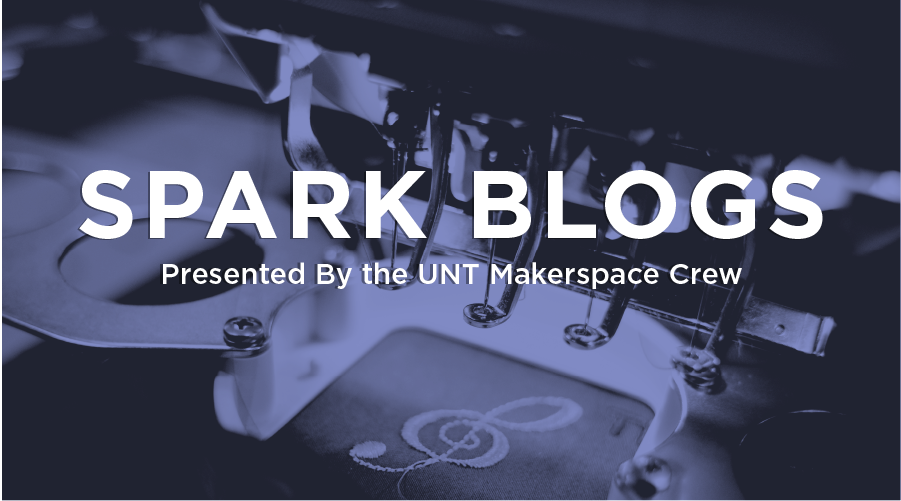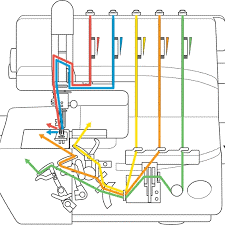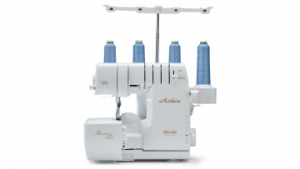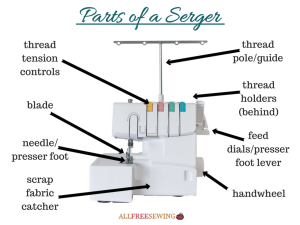Lastly, what are some easy projects I can do to get started?
https://www.allfreesewing.com/Miscellaneous-Projects/Serger-Basics-Serger-Sewing-Projects-NSM2018
This link here is to the website I found these project on but I will also list them here;
Insanely Easy Silk Infinity Scarf
https://www.allfreesewing.com/Accessories-to-Sew/Insanely-Easy-Silk-Infinity-Scarf
“This Insanely Easy Silk Infinity Scarf tutorial is a two-for-one. Firstly, and most importantly, you get a gorgeous infinity scarf sewing pattern, and secondly, you’ll learn how to sew a hem with the overlock technique if you have a serger. If not, the tutorial also includes instructions for regular sewing machines. This silk scarf is amazingly easy to make and will keep you looking fabulous even in the coldest winter months. Whether you use a frayed edge or a rolled hem, this scarf will brighten up any winter outfit!”
Project Type: Learn a Technique
Time to Complete: In an evening
Sewn by: Machine
![]()
Downton DIY Headband
https://www.allfreesewing.com/Sewn-Hair-Accessories/Downton-DIY-Headband
“For you or other fans of the hit program, add this Downton DIY Headband to your list of easy-to-make gifts. Free vintage sewing patterns like this one look like an heirloom but can be made from a ribbon and serger. This DIY headband is reminiscent of styles that have sailed through centuries. Whether you’re dressed up or down, this sewn accessory will top your ensemble off with a romantic touch, and it only takes under an hour to make.”
Project Type: Make a Project
Time to Complete: Under an hour
Sewn by: Machine
![]()
No Pattern T-shirt and Dress
https://www.allfreesewing.com/Dress-Patterns/No-Pattern-T-shirt-and-Dress
“This project is ideally suited to those who are just getting started with their serger. It is quick to sew and easy to wear and combines both the use of the serger and the sewing machine. Made using forgiving jersey, you can choose the length to make either a dress or a t-shirt, both ideal summer makes. You could use heavier weight jersey or even stretch denim to make autumn/winter versions too. The tutorial is written by sewing author, teacher and pattern designer Wendy Ward.”
Project Type: Make a Project
Time to Complete: In an evening
Sewn by: Machine
![]()
That is all! Thank you for reading this long blog post!
-Tryston
Written By: T. Bruner






